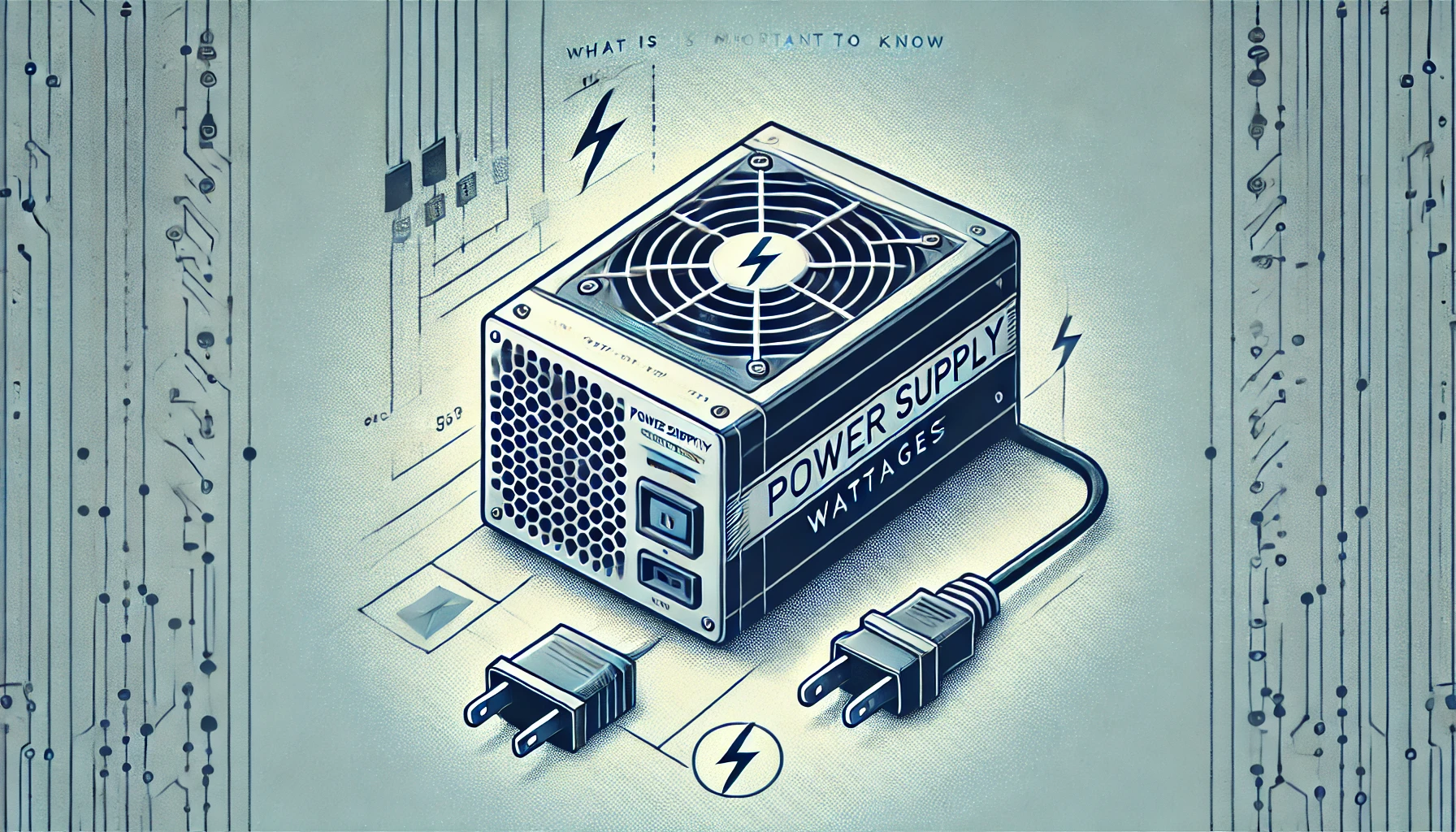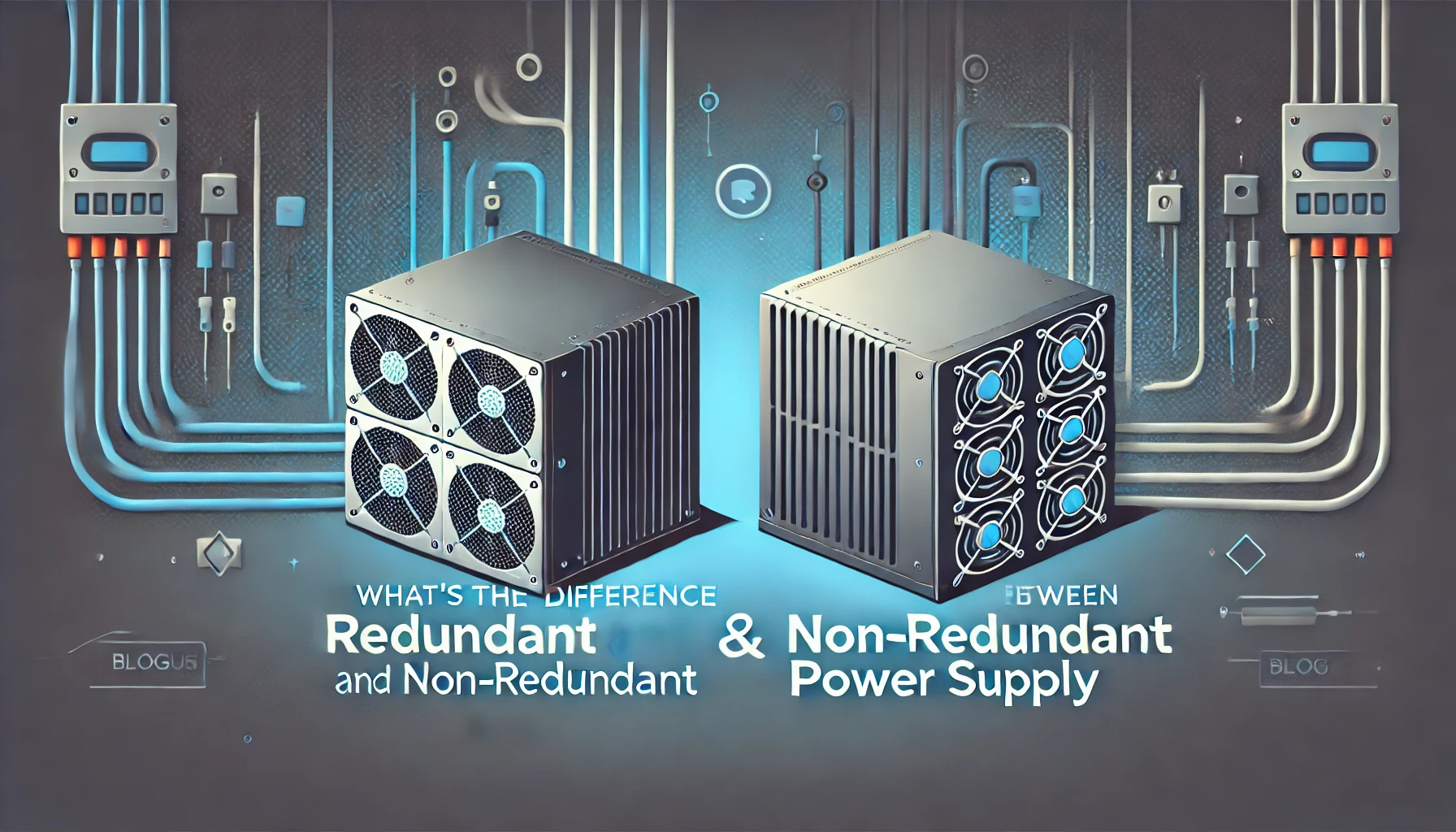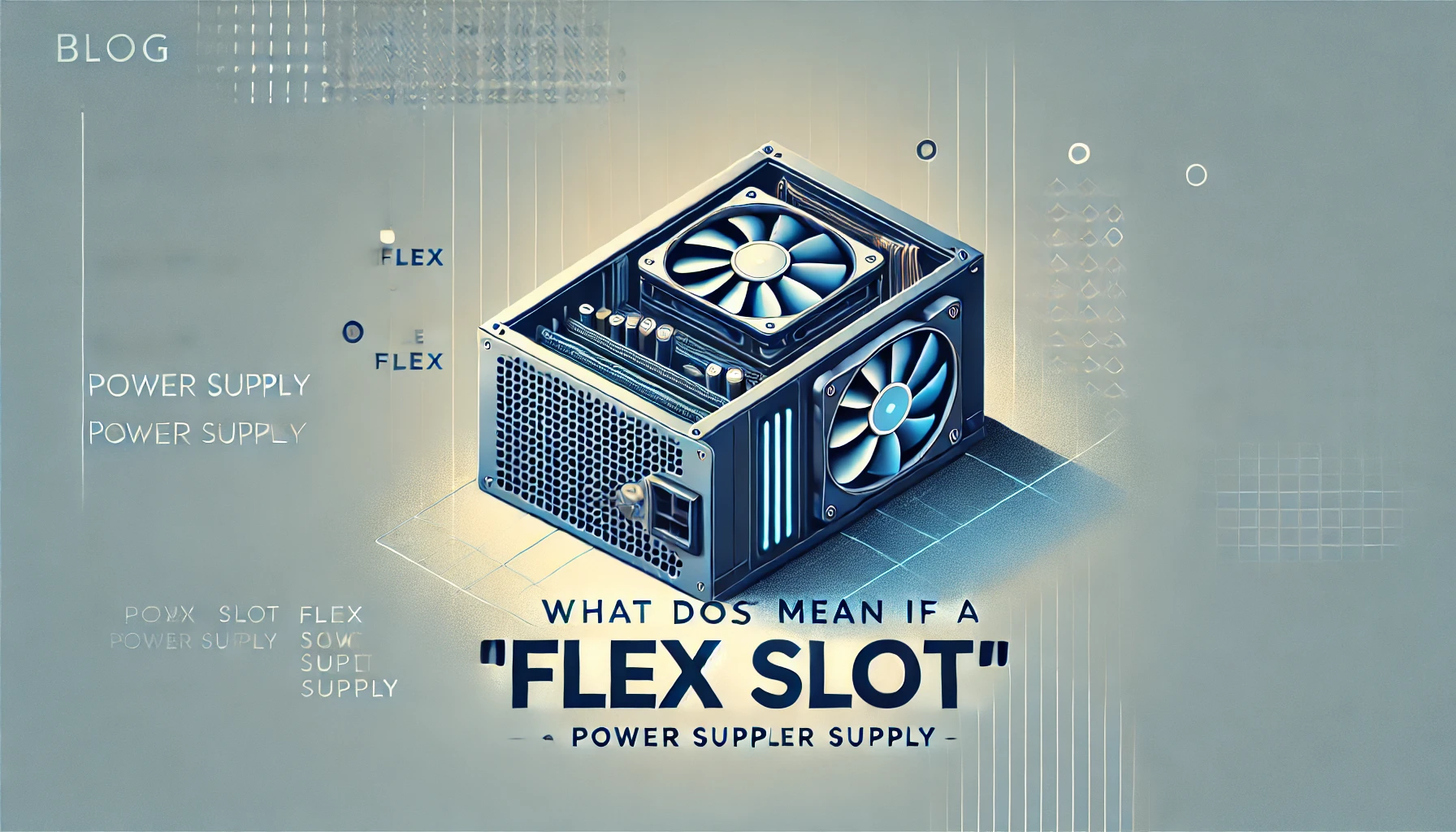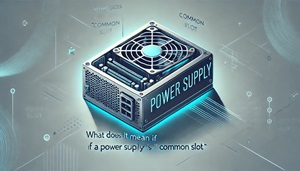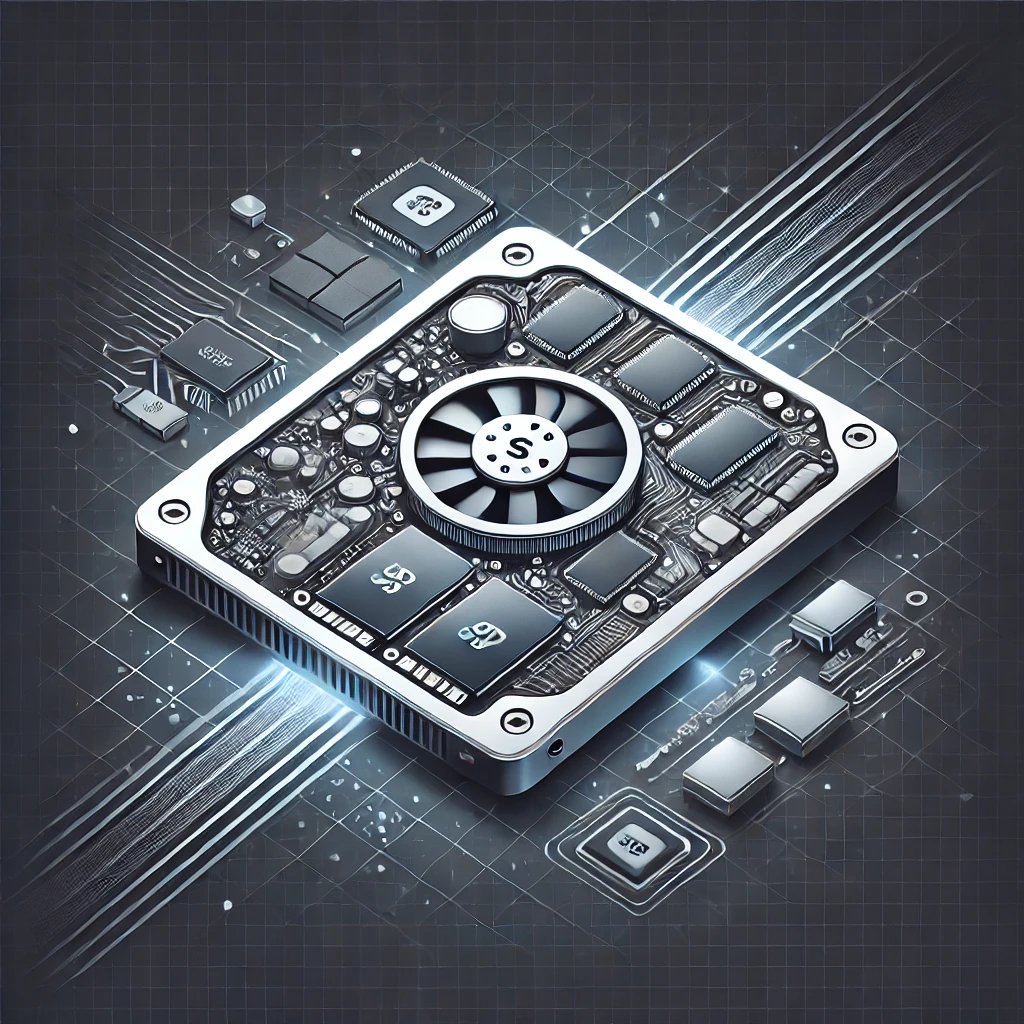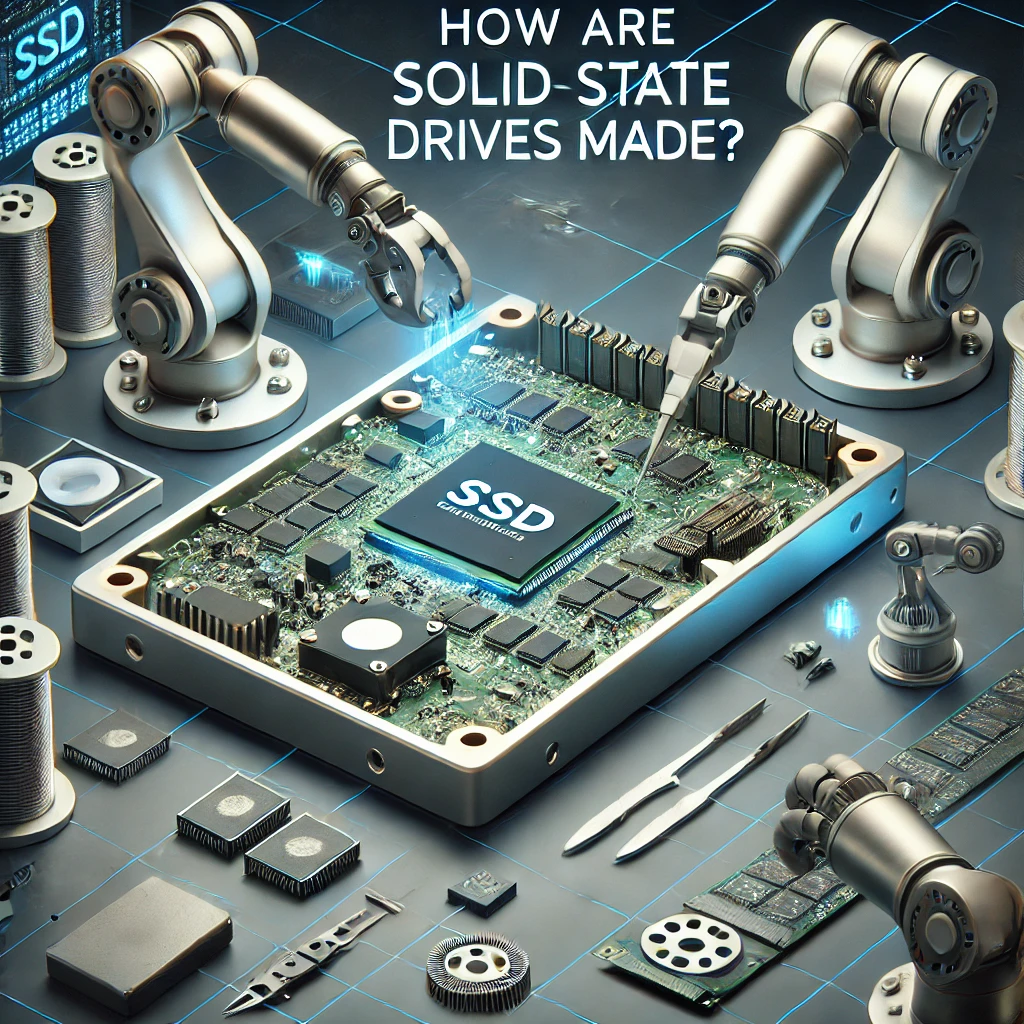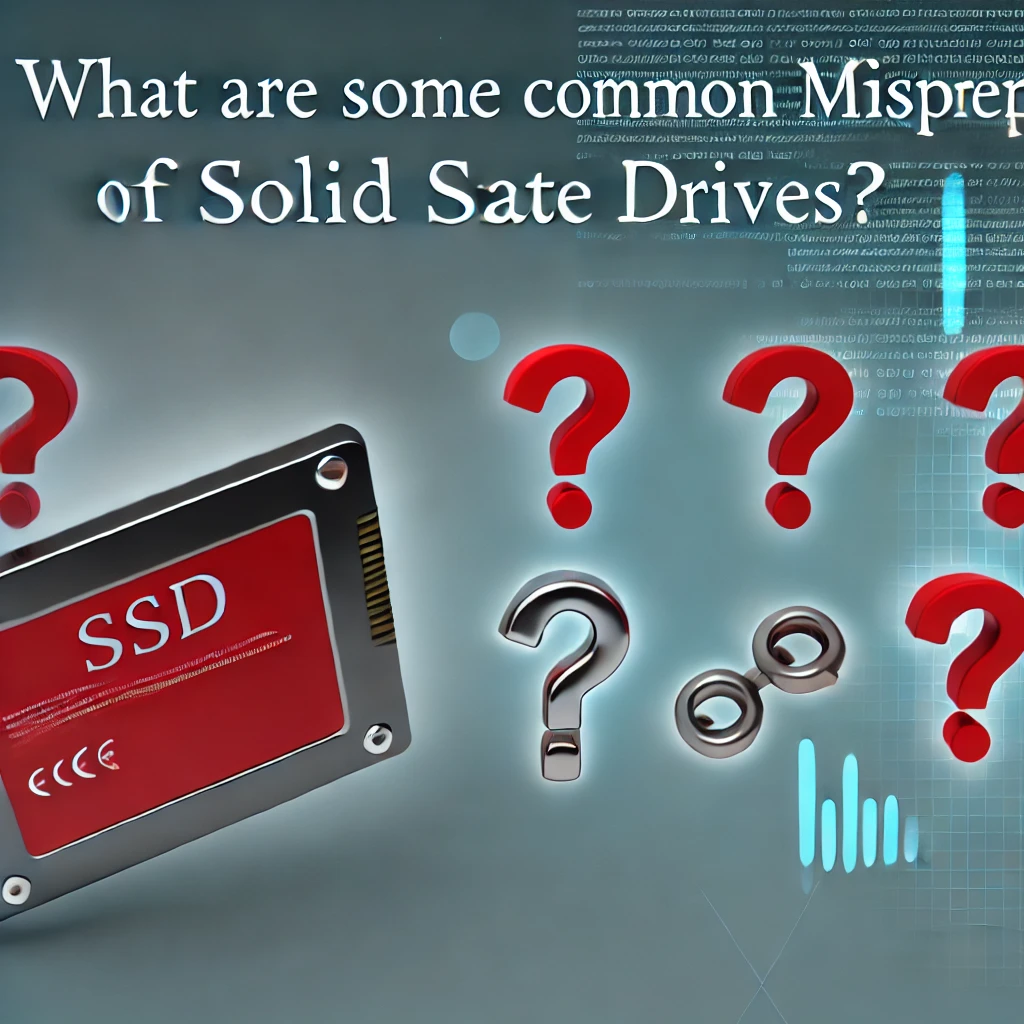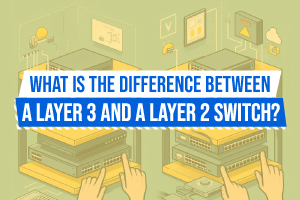Understanding the Intricacies of a 512e Drive: Everything You Need to Know
In this digital age, data storage has become an indispensable aspect of our lives. We constantly juggle with an array of devices, and the heart of these gadgets lies in their storage capabilities. But have you ever stopped to ponder what these storage devices are and how they work? You may have heard about the 512e drive. But what is a 512e drive? Buckle up, because we are about to embark on an enlightening journey through the intricate world of storage technology.
Understanding the Basics: What is a 512e Drive?
In a nutshell, a 512e drive is a hard disk drive that mimics the functionality of a traditional 512-byte sector drive while internally utilizing the superior format of 4k sectors. "512e" stands for "512-byte emulation." To get to the nitty-gritty of it, it’s essential to understand the concept of drive sectors.
Drive Sectors: The Foundation
Drive sectors are essentially the smallest units of space on a disk where data is stored. For decades, these sectors were 512 bytes in size. However, as the need for larger data storage capacities grew, the industry gradually transitioned towards a more efficient 4k sector standard, also known as Advanced Format (AF).
The Shift to Advanced Format
The evolution towards Advanced Format was a necessity imposed by the ever-growing data demands. Yet, the transition wasn't as simple as flipping a switch. A plethora of legacy systems, designed with the 512-byte sector standard in mind, presented a significant obstacle. That's where the 512e drives entered the stage.
The Role of 512e Drives in the Transition
512e drives act as a bridge between the old 512-byte and new 4k sector standards. They offer the best of both worlds, providing compatibility with legacy systems while reaping the benefits of the 4k Advanced Format.
Interoperability with Legacy Systems
One of the main advantages of 512e drives is their ability to work seamlessly with systems designed for the traditional 512-byte sectors. They achieve this through a clever mechanism that emulates the operation of a 512-byte sector drive. This feature is particularly beneficial for businesses relying on older software, allowing them to upgrade their storage hardware without overhauling their entire IT infrastructure.
Harnessing the Benefits of Advanced Format
While presenting themselves as 512-byte drives to the outside world, 512e drives internally use the 4k sector standard. This modern format offers multiple benefits, including increased data density, better error correction capabilities, and more efficient use of storage space. Therefore, 512e drives serve as an essential step in the journey towards fully adopting the Advanced Format.
Understanding the Advantages and Disadvantages of 512e Drives
Although 512e drives play a critical role in the transition to Advanced Format, they come with their own set of pros and cons. Knowing these can help you decide whether a 512e drive is the right fit for your specific needs.
The Upside
Compatibility: 512e drives' emulation feature ensures they work with systems designed for both 512-byte and 4k sector drives.
Increased Data Density: Thanks to their internal 4k sector structure, 512e drives offer greater data density compared to traditional 512-byte drives.
Better Error Correction: The 4k sector format allows for more robust error correction codes (ECC), enhancing the drive's data integrity.
The Downside
Reduced Performance: When writing data, 512e drives can suffer from a performance penalty due to the conversion between 512-byte and 4k sectors.
Compatibility Issues: Despite their emulation feature, some very old systems or software may still have issues working with 512e drives.
512e Drive: FAQs
With the above explanation, we've aimed to cover all the major points related to a 512e drive. However, you might still have some lingering questions. We've compiled a list of the most frequently asked questions about 512e drives, with concise, easy-to-understand answers.
- Can a 512e drive work with my old system?
Yes, one of the main purposes of 512e drives is to work with older systems that support only 512-byte sectors. - Do 512e drives have less storage capacity than traditional drives?
No, 512e drives offer the same storage capacity. However, thanks to their internal 4k sector structure, they can store data more efficiently. - Does a 512e drive perform as well as a true 4k drive?
In most cases, a true 4k drive will outperform a 512e drive, especially when it comes to write operations. - Are there any known compatibility issues with 512e drives?
While 512e drives are designed to work with most systems, some very old systems or software may still experience compatibility issues. - What is the main benefit of using a 512e drive?
The main advantage of using a 512e drive is its ability to work with systems designed for both 512-byte and 4k sector standards while providing the benefits of Advanced Format. - Are 512e drives more expensive than traditional 512-byte sector drives?
Prices can vary, but generally, 512e drives might be slightly more expensive due to their more sophisticated design.
In a world where data is king, understanding the intricacies of storage technologies like the 512e drive is paramount. As we move further into the era of Advanced Format, the role of 512e drives as a transition tool is undeniable. They offer an innovative solution, bridging the gap between legacy 512-byte systems and modern 4k sector drives. Whether you're a tech enthusiast, an IT professional, or just curious, we hope this comprehensive guide has shed light on the question, "What is a 512e drive?".
